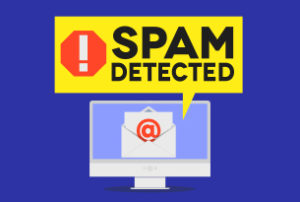When you are doing a major presentation, writing a blog, or posting on Twitter, how do you know whether what you say is hitting the mark? And how can you improve the effectiveness of your message? One of the more clever techniques that marketers use for this purpose – and you can too – is that of the “Persona”.
A Persona is a constructed person – a proxy – for your target audience. The Persona allows you to step into the shoes (and into the mind) of a particular type of audience member, reader, or viewer. This is how to make one:
- Create a demographic and psychographic profile of your primary target audience. Demographics refer to age, gender, education level, etc. Psychographics refer to how they think: their personality, attitudes, values, interests, or lifestyle.
- Give the Persona a name.
- Write a paragraph (or two) to flesh out their story.
- If there is a secondary audience that you are hoping to target, repeat the process.
A short example: Jennifer is a long-time client, and values loyalty over all else. She is in her mid-thirties, married with two children, and holds a job as an IT manager in the financial services world. She spends her free time hiking with her family near her cottage, or attending kick-boxing classes during the week. She completed her MBA two years ago, and is looking for a way to advance her career.
Another example: Sam has been with the client for over thirty years, and is looking forward to retirement. A “Play it Safe” manager, he has relied on his network of long-time colleagues to help him get things done and steer clear of risk. Sam has always been uncomfortable with technology, preferring to focus on developing strong personal relationships instead. He is viewed by others as an elder statesman and has mentored many of the young up-and-comers in the organization. In his free time at home, he enjoys playing chess and is hoping to complete his memoirs when he retires.
While you are crafting your presentation (or writing your post), a Persona allows you to focus your work on an explicit target group: in other words, are you writing for Jennifer, or for Sam? And when you shift into editing mode, the Persona lets you ask the question: “How would Jennifer react to this? What would Sam think?” By personalizing the audience with a Persona, our thinking, writing, and speaking can be far more focused.
This week’s action plan: Who are your Jennifers and Sams? Create a Persona for your key audience(s). Then after you write your next report, blog post, or presentation – but before you send it out – test it on the Persona: what would “Jennifer” think about it? Would Sam react as you want him to react?
Bonus: As an association/non-profit, harness the power of Personas to enhance your member outreach. This week, create a Persona that embodies your ideal member. In product development, consider whether your Persona, Jennifer, would find value in the innovation. When seeking potential member, think about where individuals like Sam, your Persona, may be located. When crafting a brochure or advertisement, contemplate how each of your Personas would react to your message.











